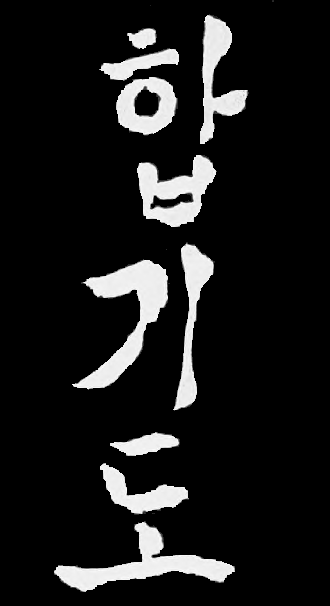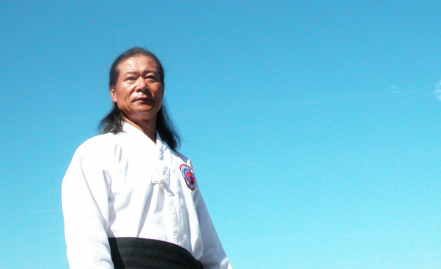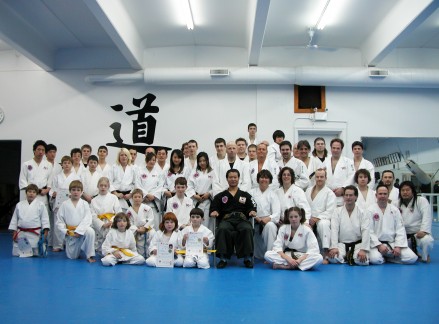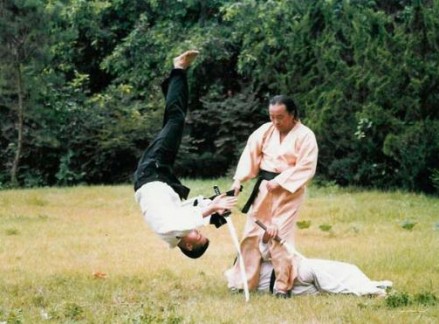Martial Way
 The heart of Korean martial philosophy stems from the desire of expanding the mind and strengthening the body, to improve the individual within every aspect of their life. This is achieved by providing the individual with the fundamental tools and guidelines shaped by a traditional foundation of over 2000 years experience.
The heart of Korean martial philosophy stems from the desire of expanding the mind and strengthening the body, to improve the individual within every aspect of their life. This is achieved by providing the individual with the fundamental tools and guidelines shaped by a traditional foundation of over 2000 years experience.
The body and mind are connected through different pathways, and it is the strengthening of these connections that the practice of Hapkido turns its focus to. With regular and focused practice of Hapkido, these connections positively benefit the body and mind, and begin the process of achieving self betterment.
read moreThe School
“Hap Ki Do: The Way of Harmonized Energy”
The immediate aim of Hap Ki Do is of course the welfare of the individual who is practicing. Not only will the skills in self defense be attained, but more importantly the character of the individual will be developed as well.
Etiquette is the source of Hap Ki Do. Never disregard “Moo” or “Martial Way”, for Hap Ki Do begins with, is followed during and always ends with etiquette. A well rounded individual can only be realized when the mind, body, and spirit is true.
Not only are compassion, courtesy, respect, modesty, loyalty, generosity, and dedication extremely virtuous in Hap Ki Do, but they are also the rewards that one will achieve.
read moreHistory

Kuksanim, Myung Jae Nam, Founder IHF
Hap Ki Do comes from over 2000 years of Korean martial art tradition. Its history is widely misunderstood, and often misconstrued to be new martial art or compounded from many different styles as it encompasses so many practices, but this is not the case. Hap Ki Do, or more importantly the practices and philosophies of Hap Ki Do, are those of the original Korean martial arts, and reach back to the beginning of the martial way. Over centuries of practice it has improved and evolved to adapt itself to the needs of the individual, and although the name is contemporary, the art, history and tradition of its practice are over two millennia old.
read more


